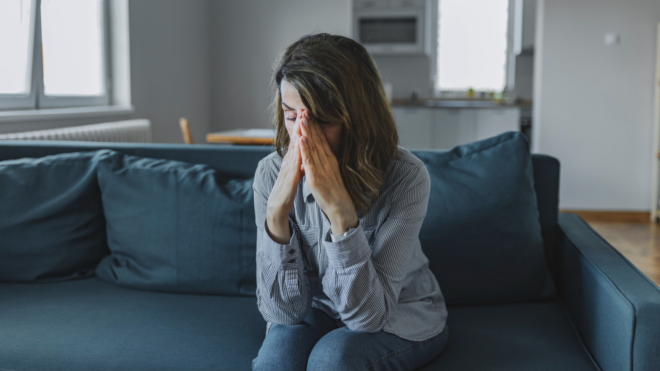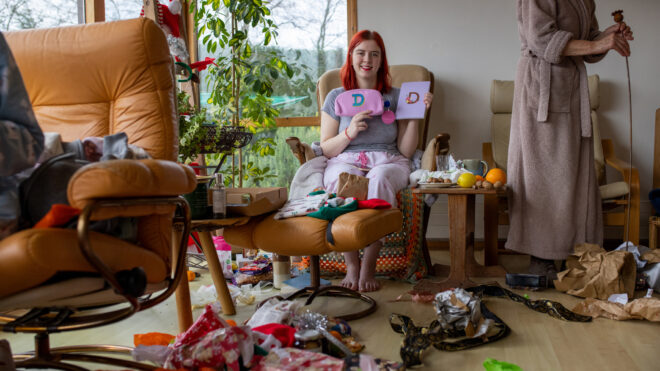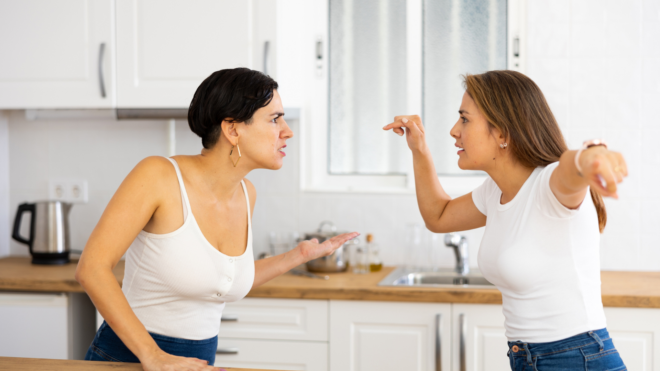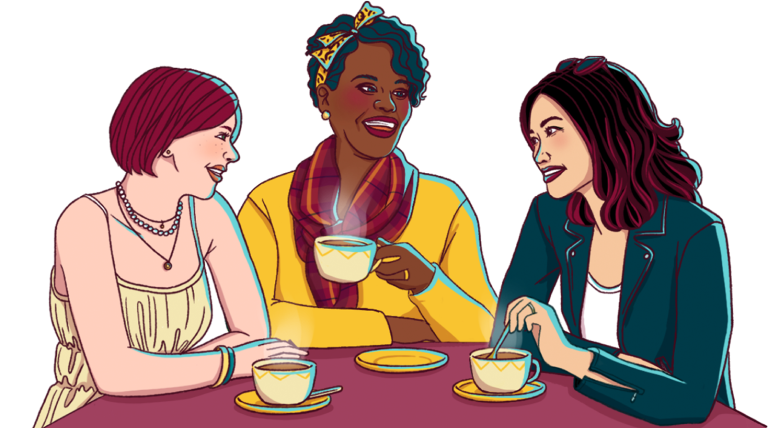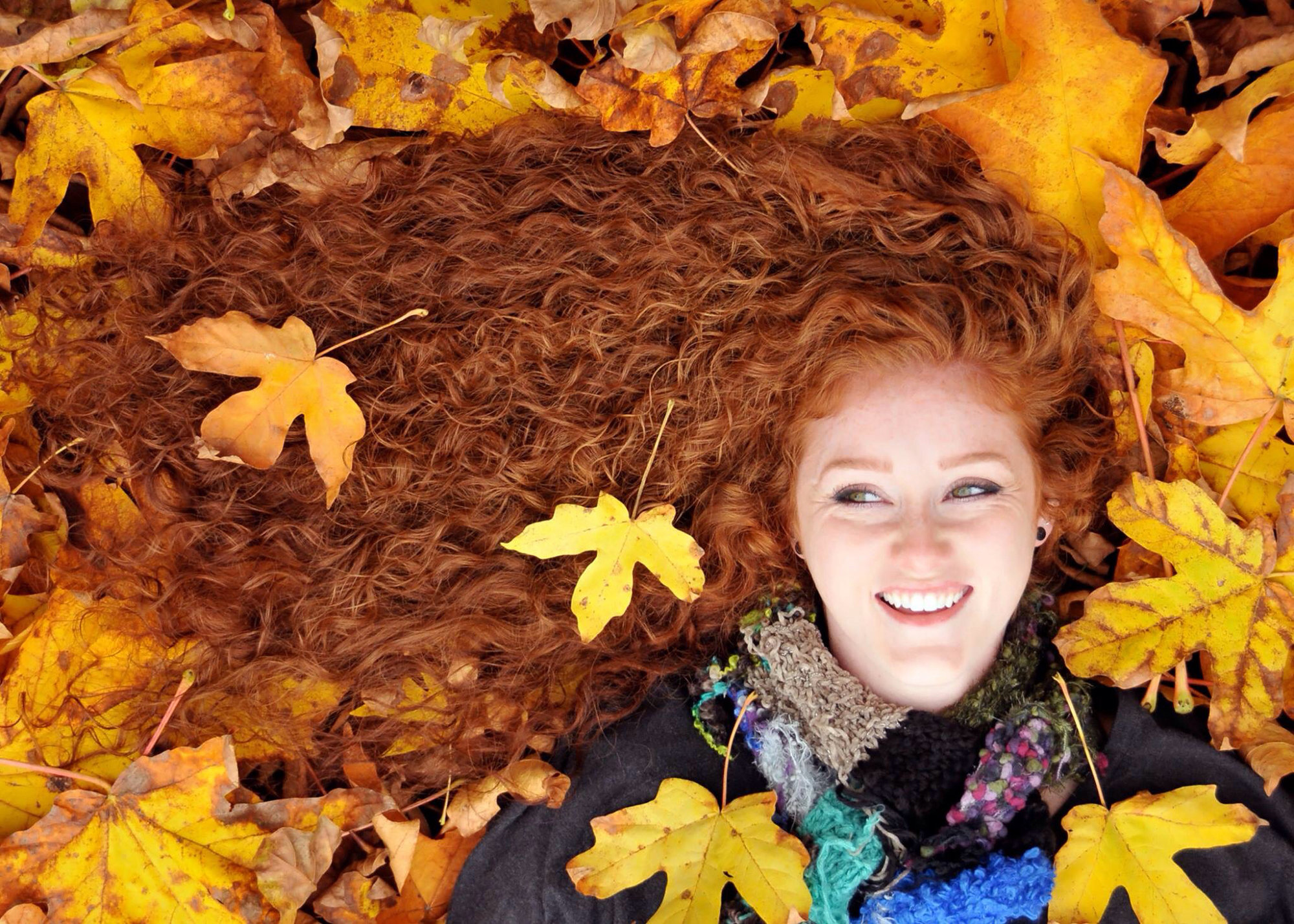
It's one of the great, cruel ironies in life: The more we do to make our hair look awesome, the more we're probably damaging it. Personally, I have long, naturally wavy/curly hair with a mixture of textures. This means that if I use products that work on some strands (heavier products for the coarser, curlier parts) then the finer hairs will be limp and greasy, and if I use products that keep my fine hair happy, the rest of my hair looks like a frizzy mess. To tame this wildness, I usually opt for a combo of blow drying (which is damaging), tons of leave-in products (which creates build-up), and using a curling iron (again, damaging). However, in learning a little more about natural, less-toxic solutions, I've made some switches that are absolutely improving my hair's health.
Until recently, I hadn't been paying much attention to my hair care, and discovered that I had totally fallen for a bunch of hair care myths — and I bet anyone reading may have been fooled by at least one or two of these, too. Given my ridiculous schedule, I also looked into hair products for days you have literally zero time for styling, which have absolutely saved my behind on days I was so harried I basically ran out of the door without putting on shoes. Those with curly hair often find it difficult to keep it looking its best, but there are so many great curly hair products these days, which are frankly a godsend for us curly girls. For moms of biracial kids, it can be a steep learning curve to know the right way to care for the kiddos' hair, but the sooner a mama knows what to do, the better.
Wash Less
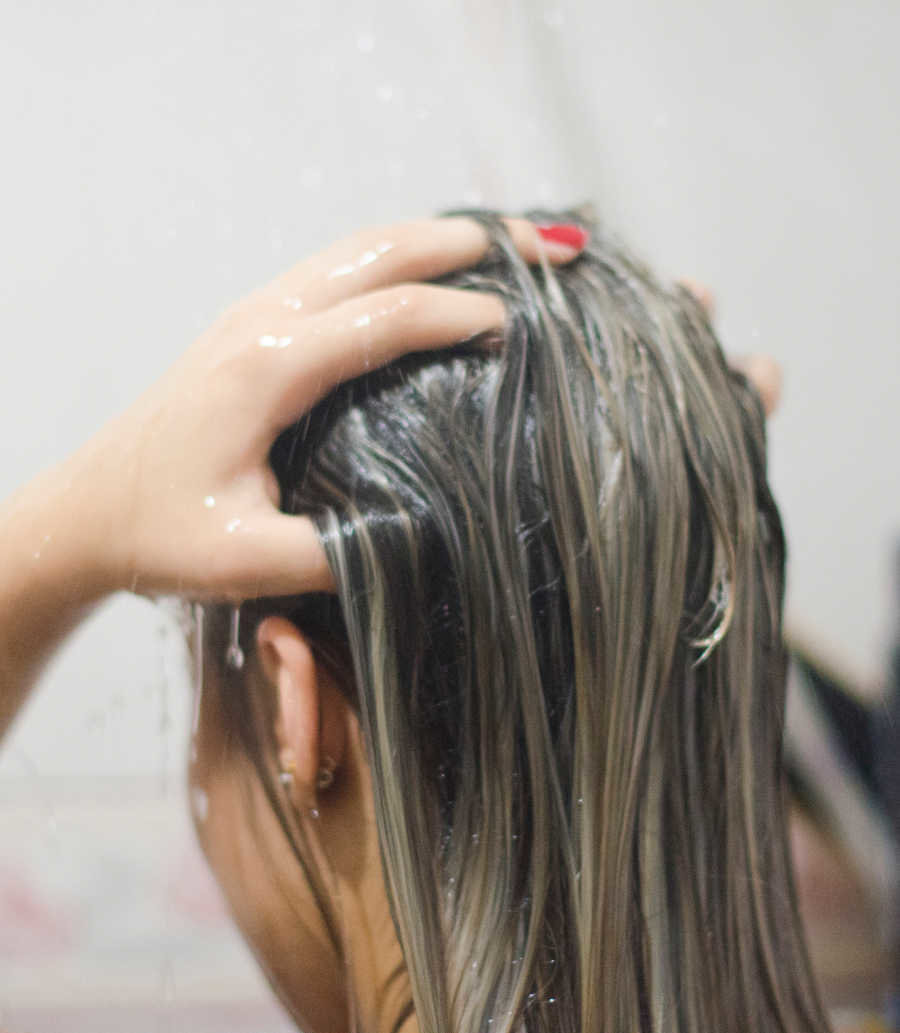
One key to the "clean" hair movement? Wash less.
Counterintuitive, but true. Natural oils help keep hair shiny and healthy, while shampoo strips them away. Plus, the more often we wash, the more often we're likely to blow-dry and style with heat, which dries and damages hair even more.
How often is less often? Ask a bunch of women in the know: most are not washing every day. Usually, the rhythm is two to three times per week. Women with dry, coarse, curly, or color-treated hair might try just once a week. Women with oily or short hair might try washing a little more often.
Absorb More
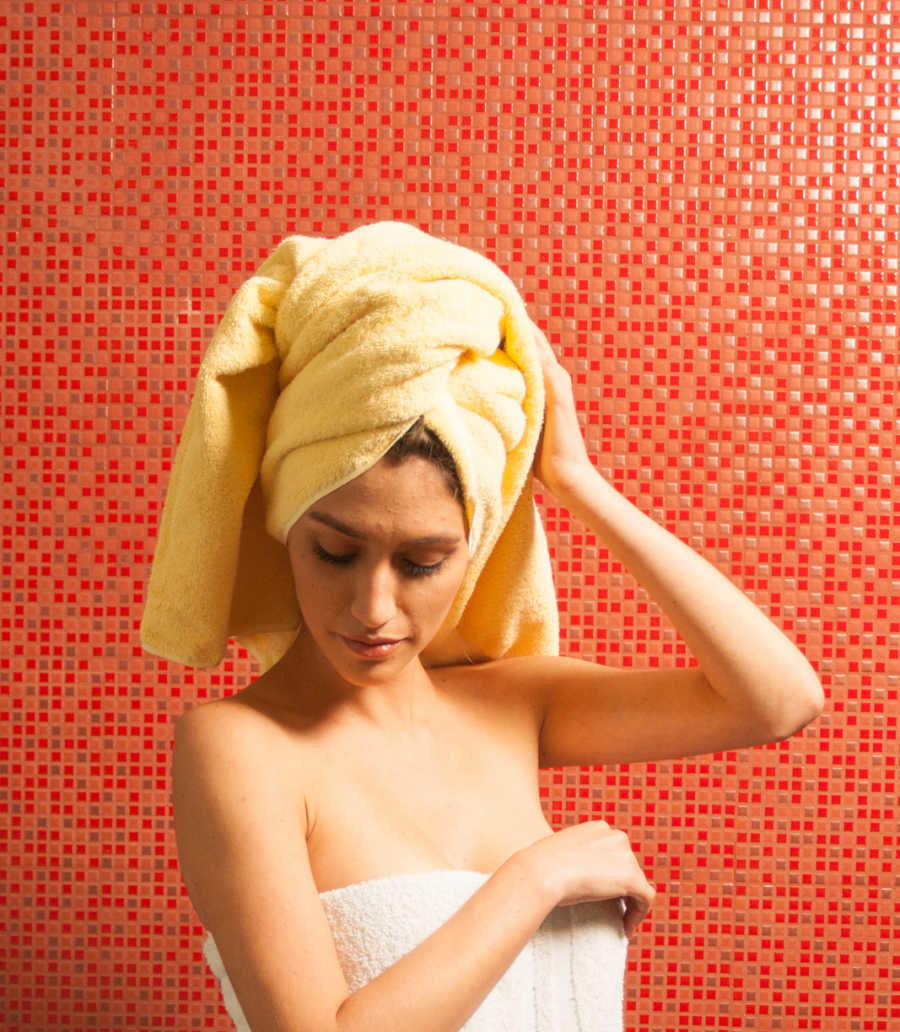
Here's the equation to remember: The more water we can absorb from wet hair, the less we'll have to blow it dry, and the less we have to dry it, the less damage we'll inflict. This is where specialty hair towels come in. Typically made of soft, hyper-absorbent materials — like microfiber or T-shirt cotton — they can get hair almost dry, which minimizes the time under a blow dryer. For best results, blot or squeeze hair dry — never rub.
Say No To Sulfates
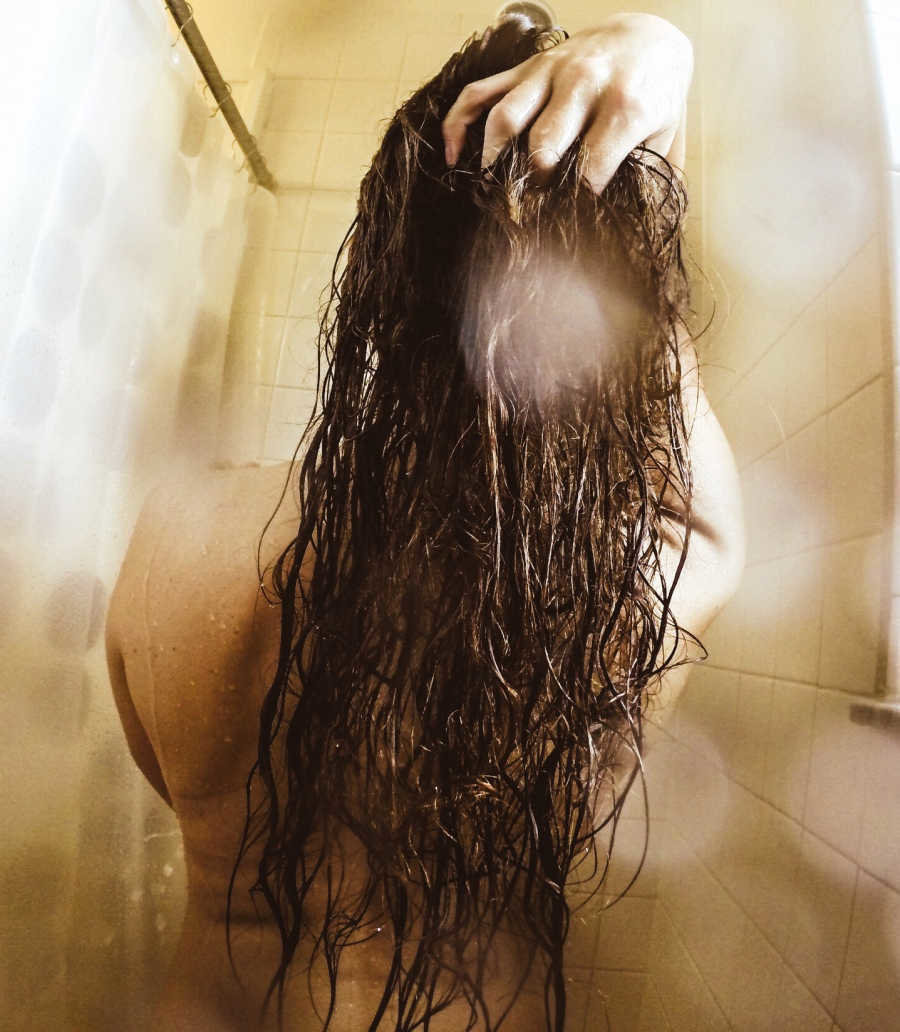
Sulfates — sodium lauryl sulfate (SLS), sodium laureth sulfate (SLES), and ammonium laureth sulfate (ALS) — give regular shampoos their great lather, but those sought-after suds also strip hair of its necessary oils and proteins. They're also a big no-no for anyone with color-treated hair.
"Sulfates can be taxing on compromised scalps, and weakened, fragile hair," hair stylist Tony Chavez told InStyle. "They tend to dry out the skin, as well as the hair follicle."
Keep That Water Cool
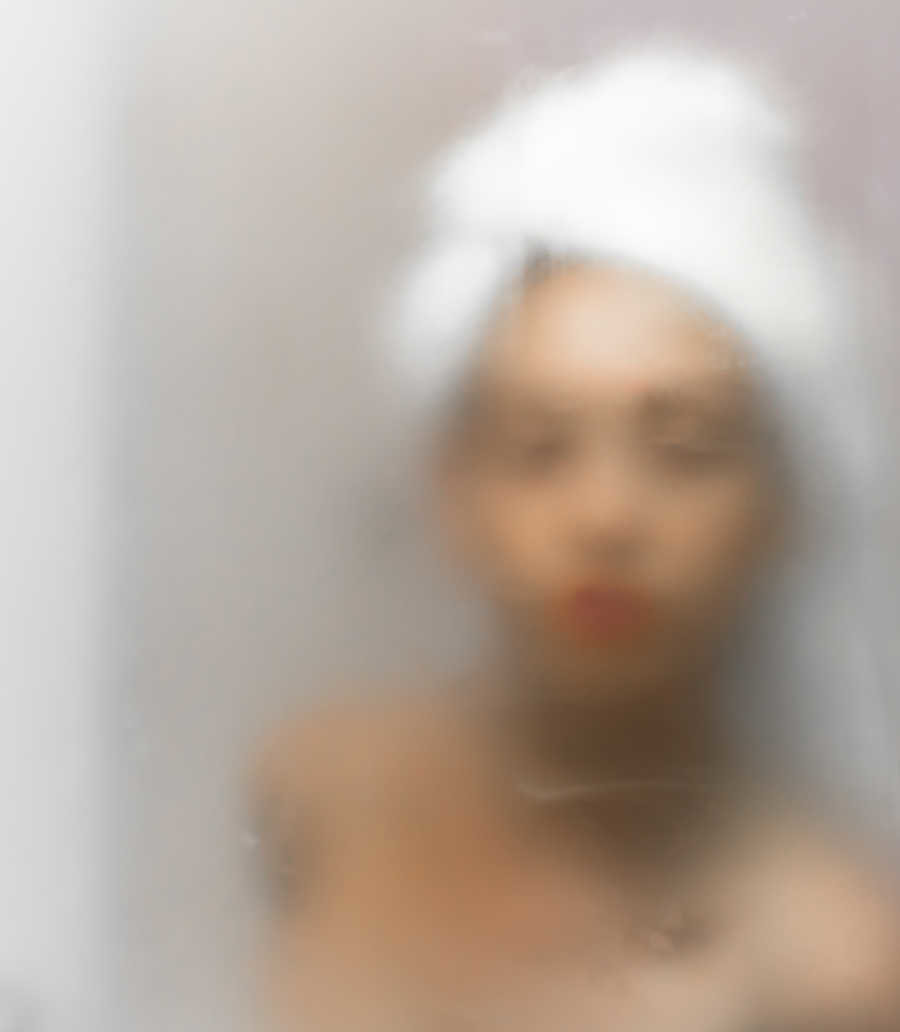
Hot water can be harsh on skin and hair. It's better to wash hair in lukewarm or warm water.
"Women often wash their hair with water which is too hot, thinking it will make hair cleaner," said hairdresser Andrew Barton. "The hot water activates the sebaceous gland, which secretes oil and can leave hair greasy soon after washing. Use warm, tepid water for ultra clean hair and to extend the life of your blow-dry."
Try the 'No Poo' Method
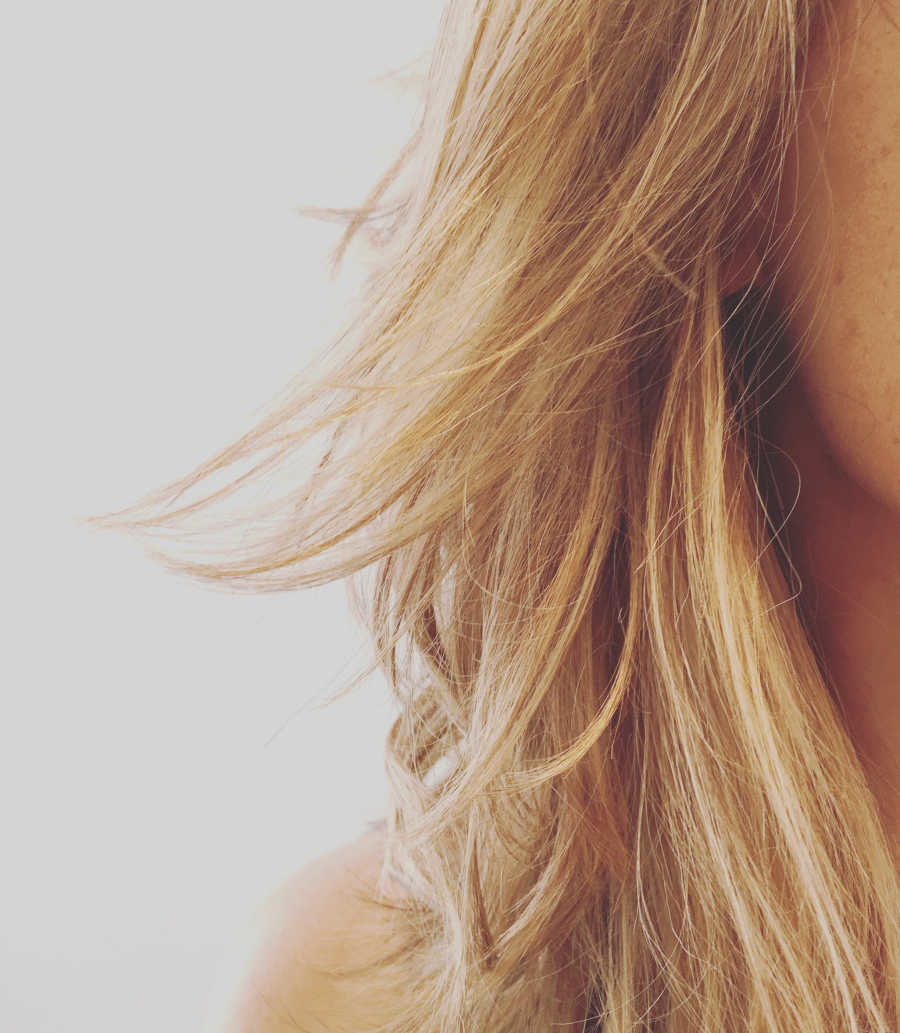
We're not talking about the dirty diaper kind. Those on the extreme end do ditch shampoo entirely. With the "No Poo" method, however, hair still gets clean, just with ingredients that aren't shampoo. Think: conditioner, apple cider vinegar, cornstarch, baking soda, vodka and honey, or simply water. As with a lot of natural remedies and approaches, mileage may vary. Some people find their hair to be less greasy and more manageable, but it's not for everyone.
Try a Little ACV
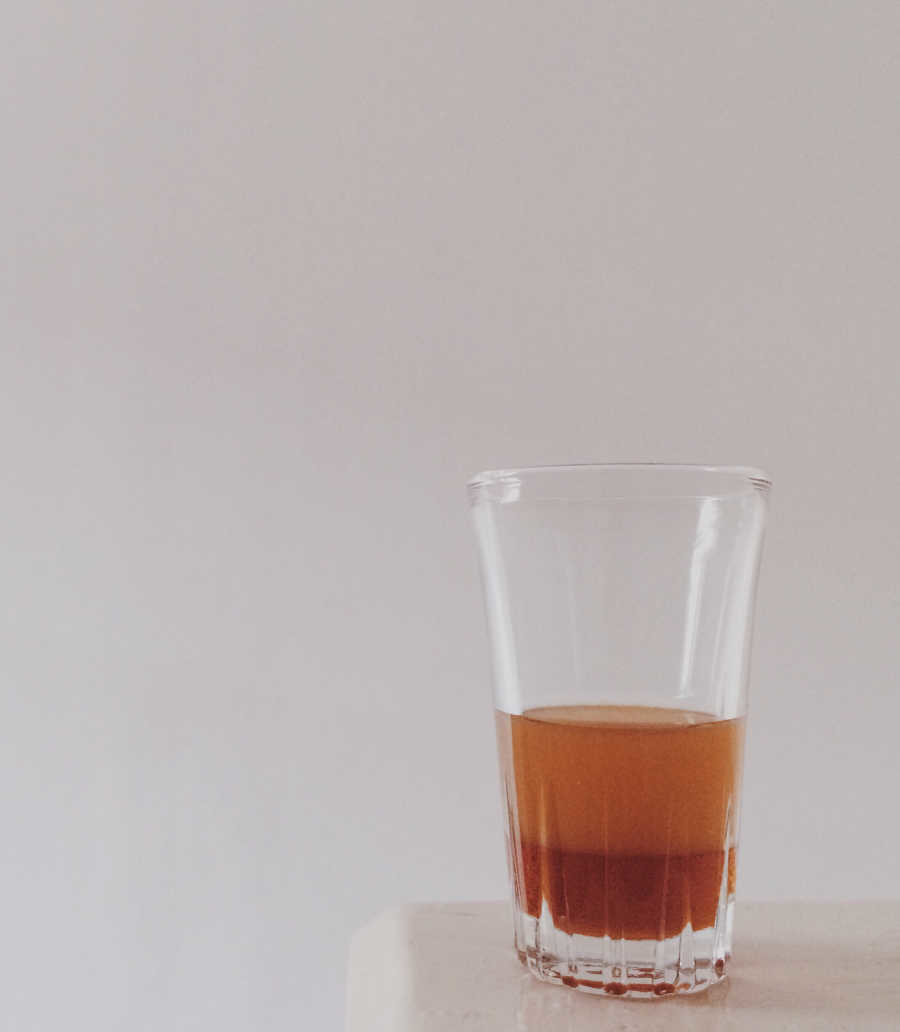
Even if we're not ready to go all the way with the "No Poo" method, the occasional apple cider vinegar rinse can help mitigate some aspects of problem hair. The acetic acid helps remove residue, can balance pH, and has natural antifungal properties.
Skip the 100 Strokes
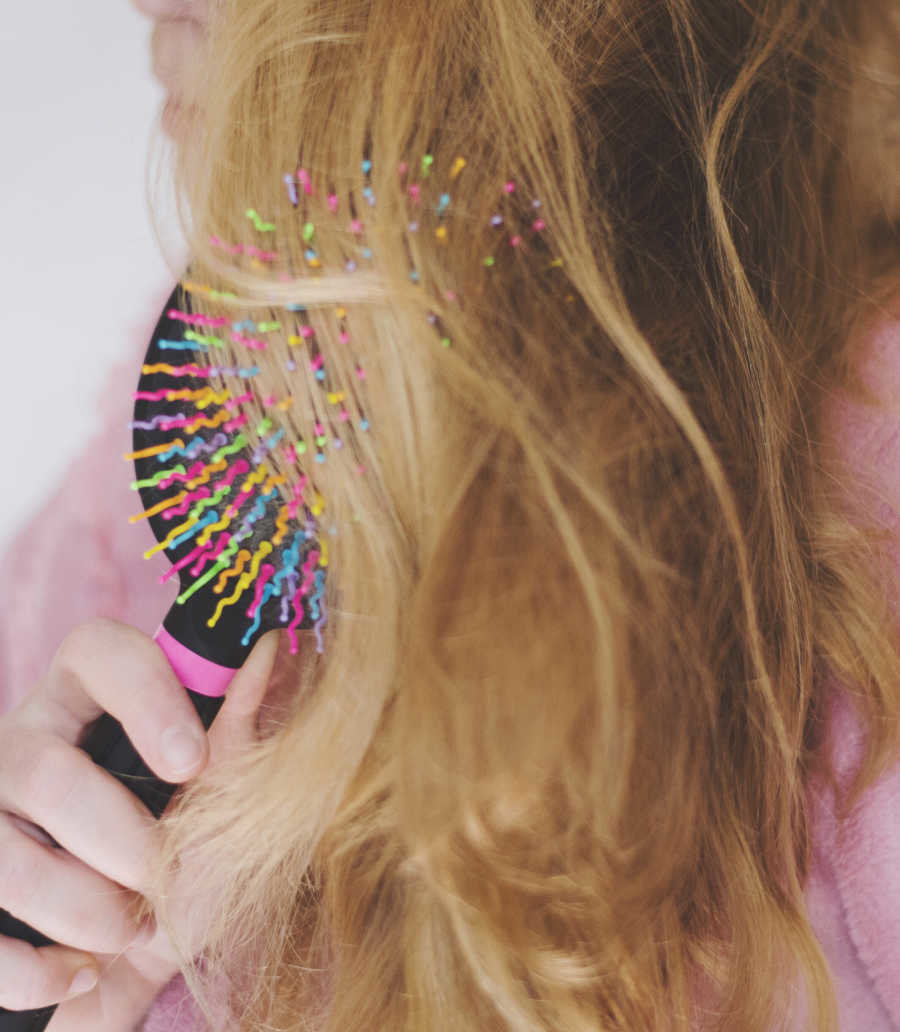
While using a brush can help distribute oils near our scalp down the hair shaft, and keep our scalp healthy, excessive brushing is a no-no. It can cause friction, breakage, and damage. Hair stylist Scott Yance suggests keeping brushing to a minimum. "Brush hair when it's knotty, but leave it alone otherwise," he said.
Think of That Scalp
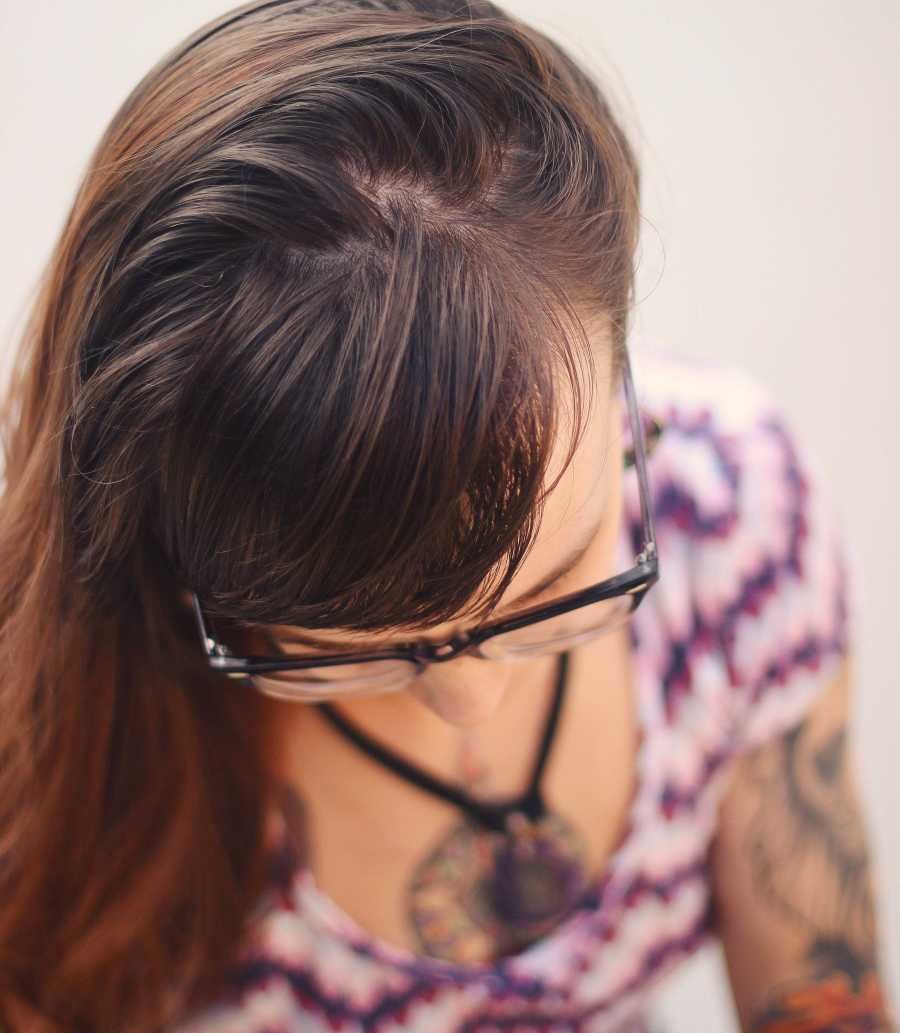
Healthy hair begins with a healthy scalp. As Kevin Murphy, who owns his own hair care line, told Brit + Co., "We used to talk about the ends, now we talk about the source … Scalp health is crucial to the hair's long-term health." One of the easiest and no-cost things to do for scalp health is a simple scalp massage. It gets the blood flowing, and increased blood flow helps stimulate hair growth — among its myriad benefits.
Step Back From the Dry Shampoo
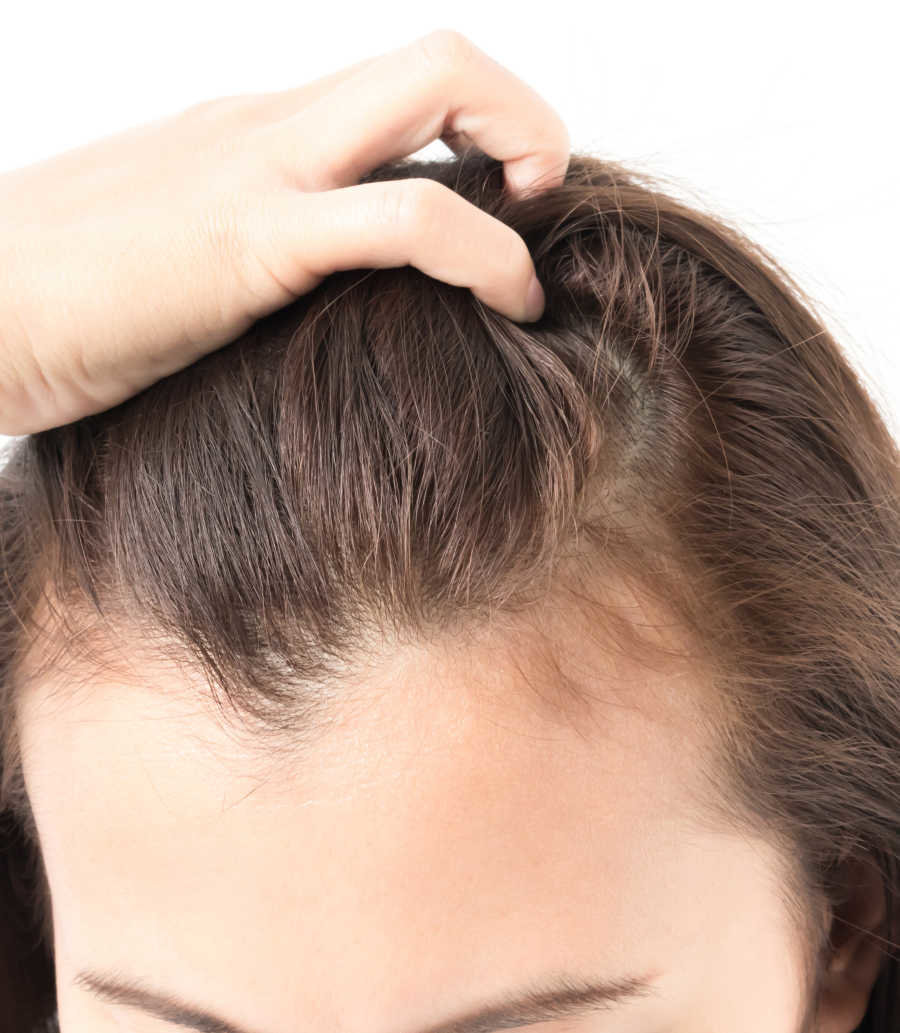
In an attempt to extend the life of a blowout, or reduce how many times a week their hair is shampooed, women have turned to dry shampoo en masse. But it's no panacea — and can even lead to hair loss. Instead, try a combo of cornstarch and cocoa powder for dark hair, or arrowroot powder for light hair.
Feed Hair for Hair Health
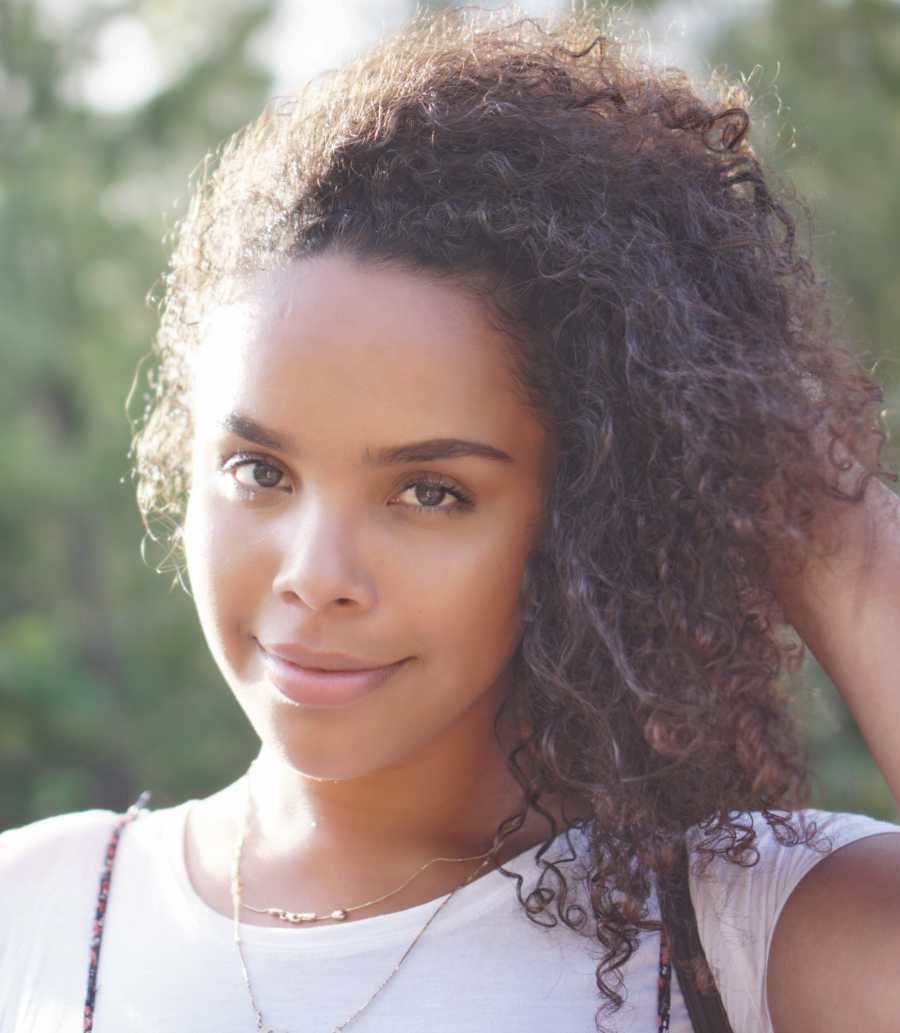
As with most things when it comes to health, diet matters. For healthy hair, eat foods rich in omega-3 fatty acids, protein, vitamin B-5, vitamin C, and beta-carotene. Oily fish, which contain tons of omega-3 fatty acids, are a great bet — as are eggs and spinach.
Use a Nontoxic Hair Mask
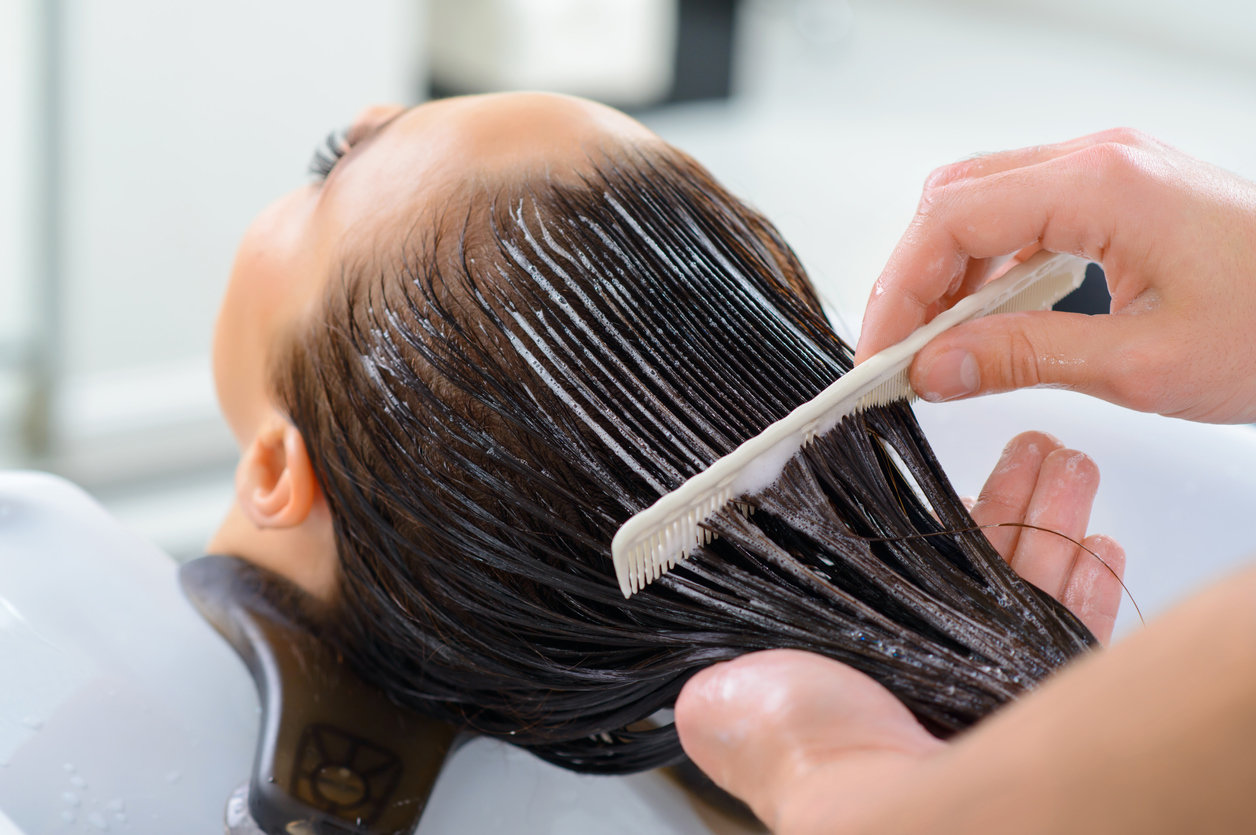
At least a couple of times a month, it's worth going into the salon for a hair mask — or finding a good-quality, nontoxic alternative to use at home. Pro tip: while it's under the cap, hit it on the outside with a hair dryer to warm it up and help the ingredients really soak in.
Mix Up a Rich & Nontoxic Hair Treatment
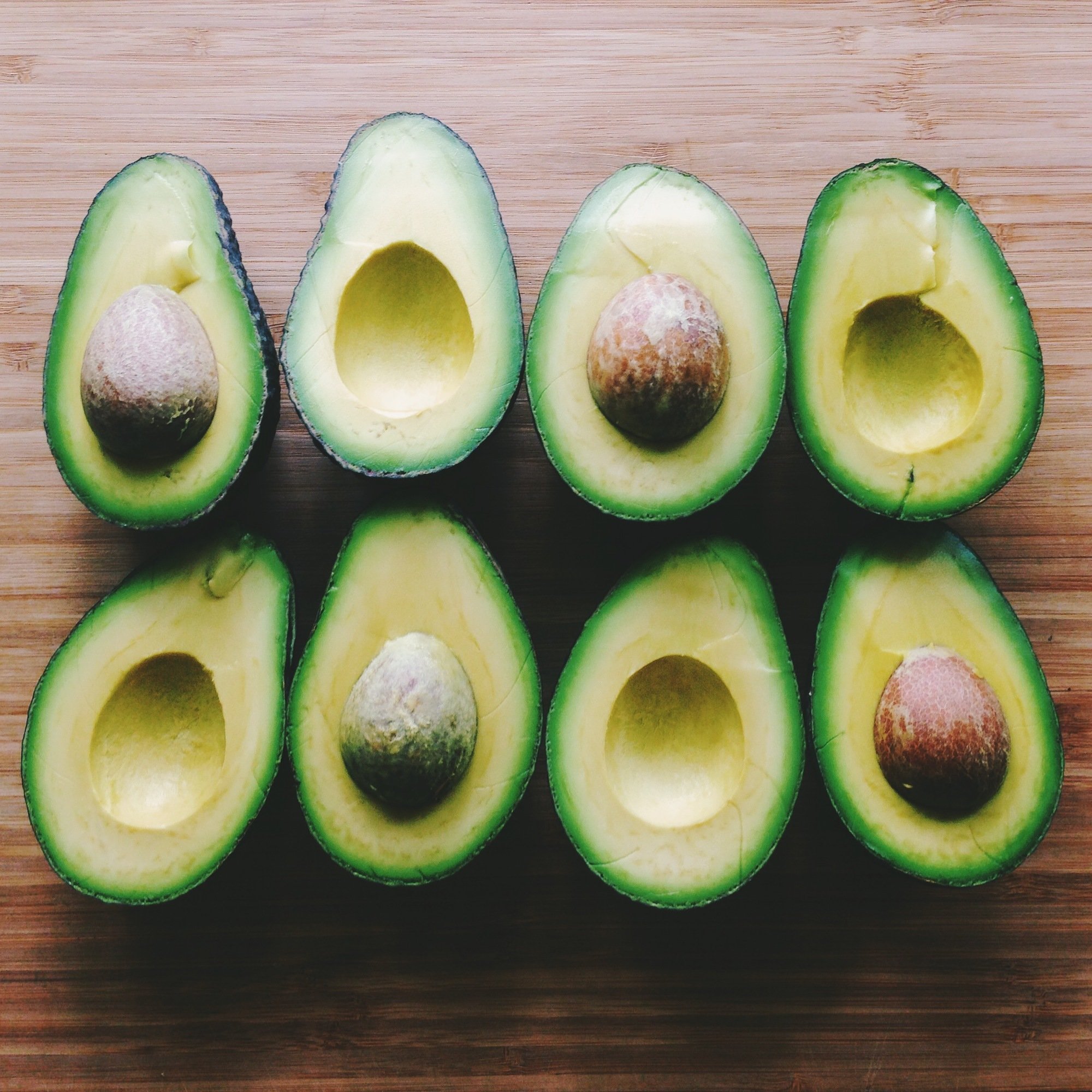
Healthy hair care doesn't have to cost a million dollars — try making a mask from common ingredients. We're fans of whipping up a mixture of egg yolk, avocado, olive oil, and full-fat yogurt. Bonus: the remaining egg white turns into a tasty omelette!
Avoid Silicone-Based Products
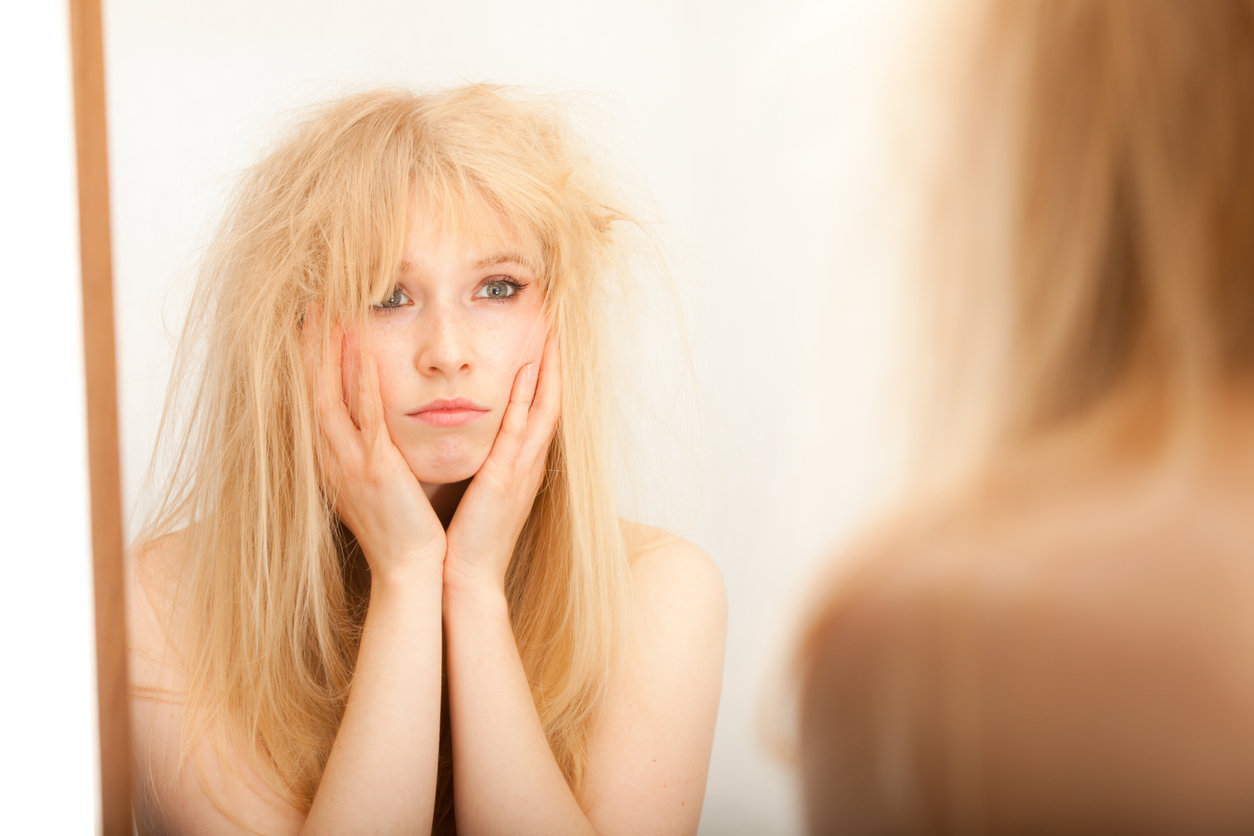
While they can help reduce flyaways and frizz, silicone products aren't great for us or the environment. Instead, consider using a lightweight oil like squalane, or a formulation that doesn't harm our strands. Check out products that are ranked well on EWG.
Try to Use Only Natural Dyes
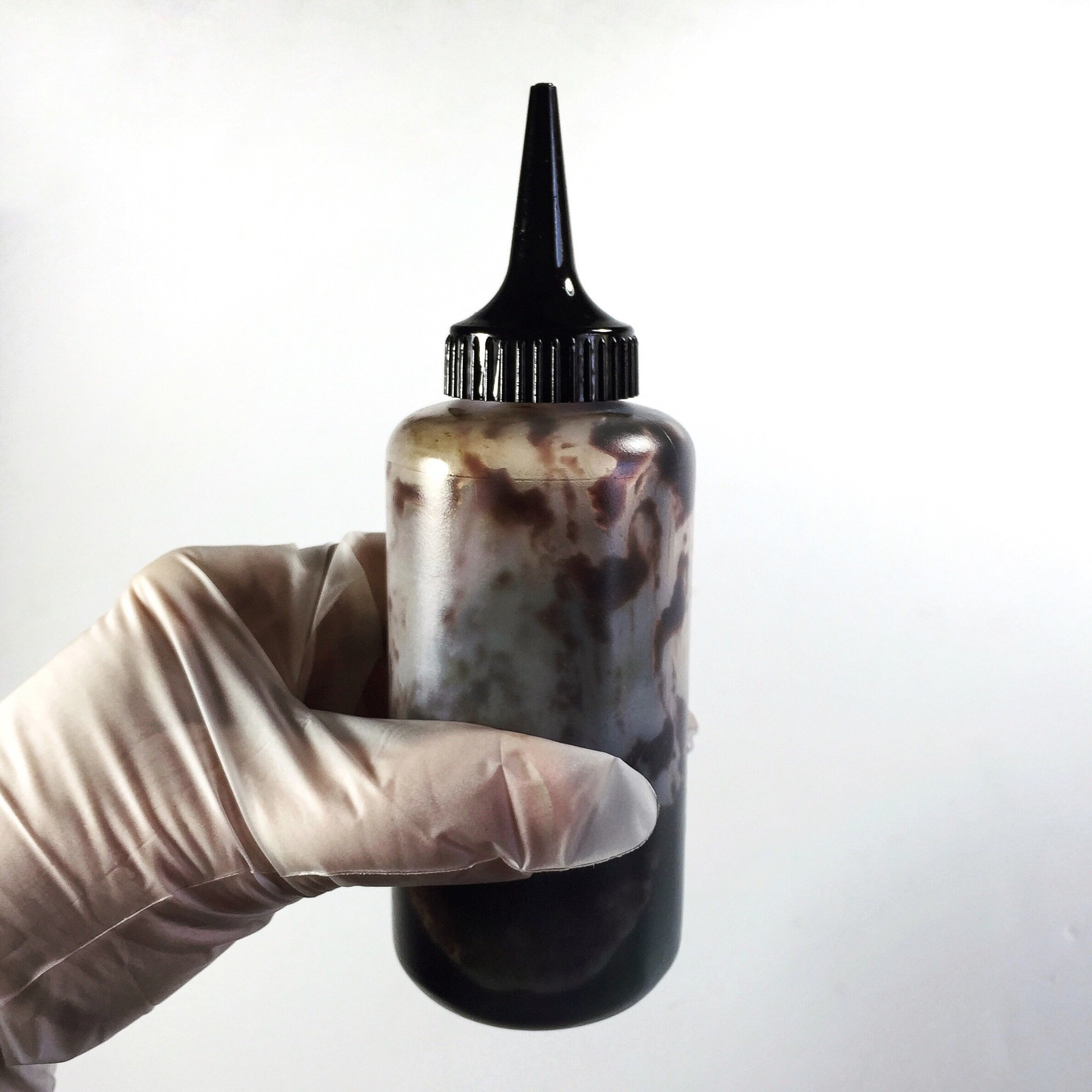
While bleaching our hair into a million different shades is totally fun, it's not the best way to get healthy hair — and it can be massively drying, to boot. So instead, consider a nourishing, nontoxic version, like henna, which has been used in India for thousands of years.
Scrub That Scalp
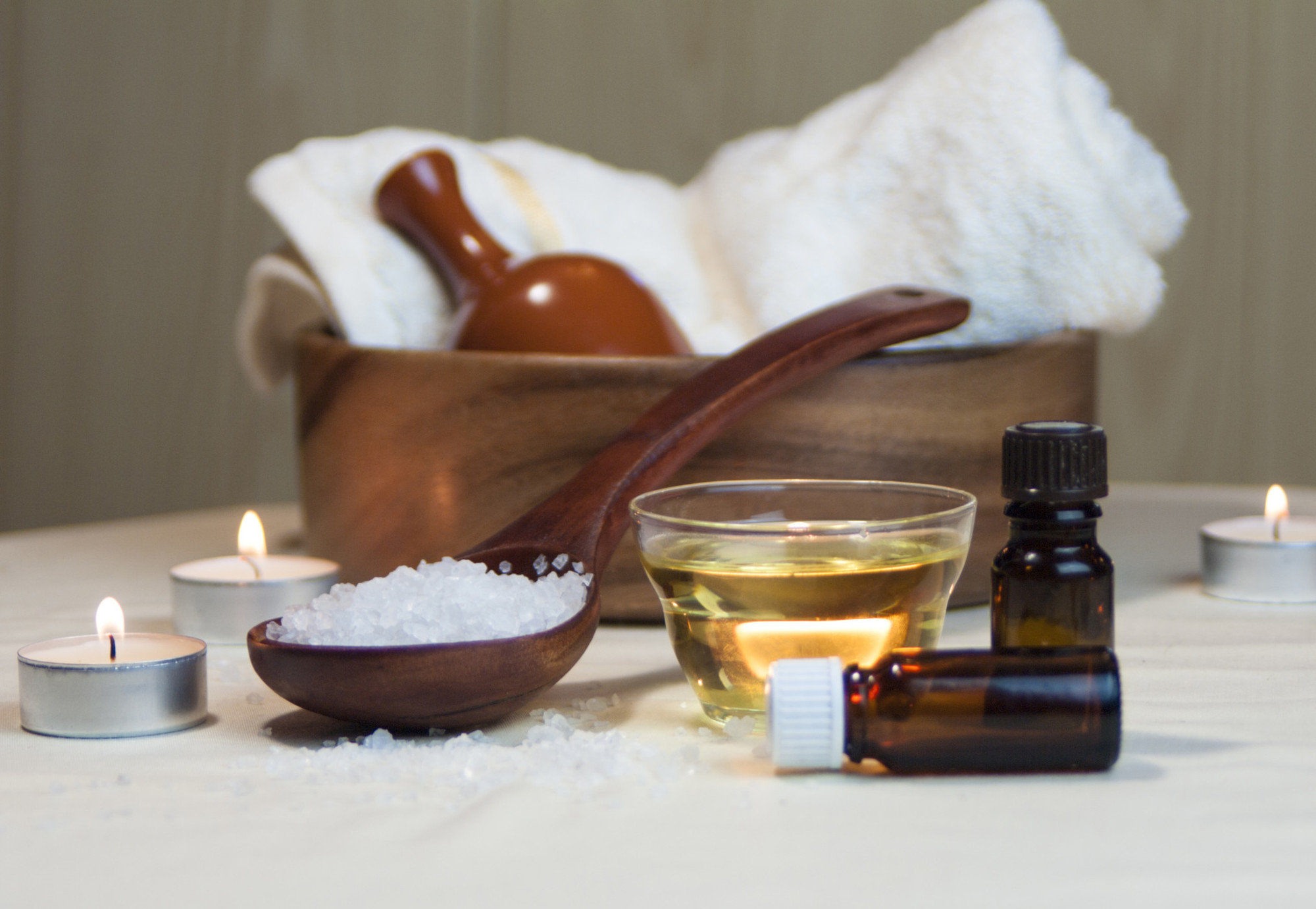
For those of us who have gotten a little too into the products so it creates build-up — we get it, dry shampoo is miraculous — check out the glory that is a salt scrub. Massage it into the scalp and roots, and it will make the scalp feel amazingly better (and can stimulate hair growth).

